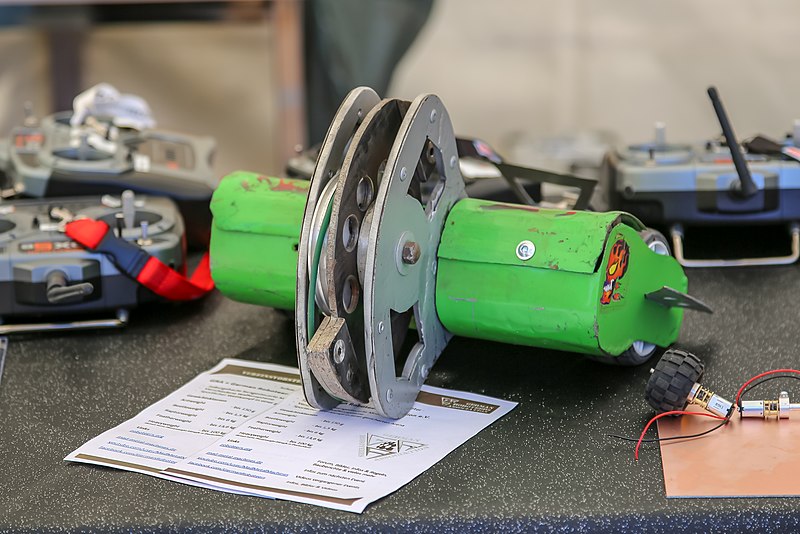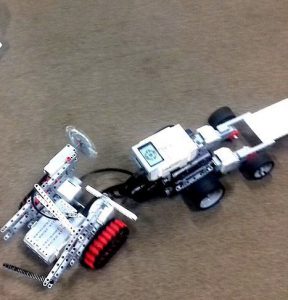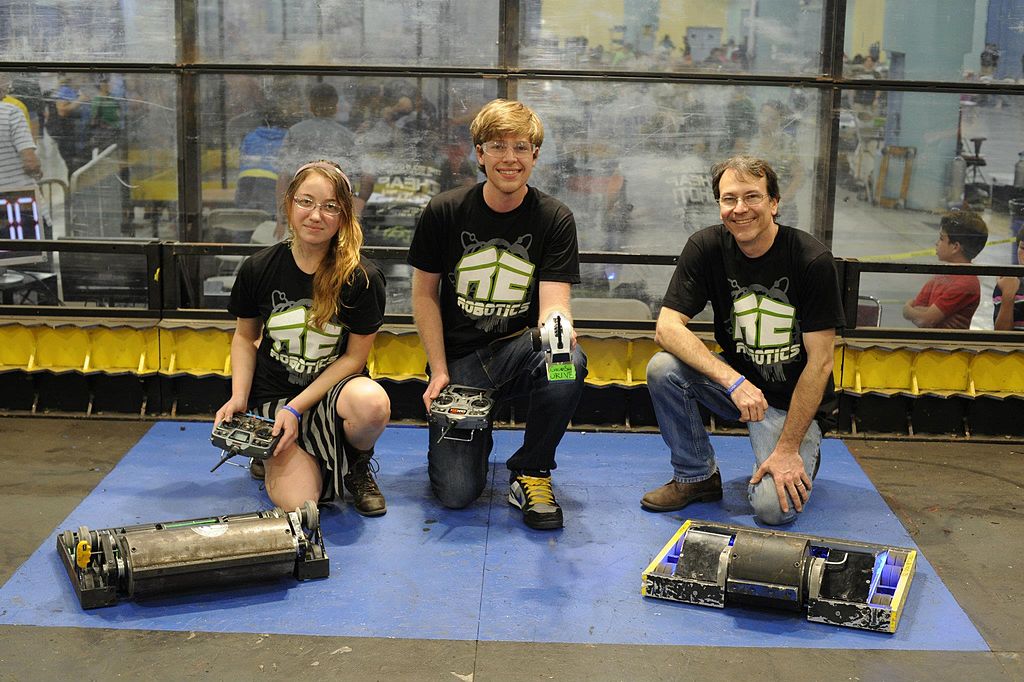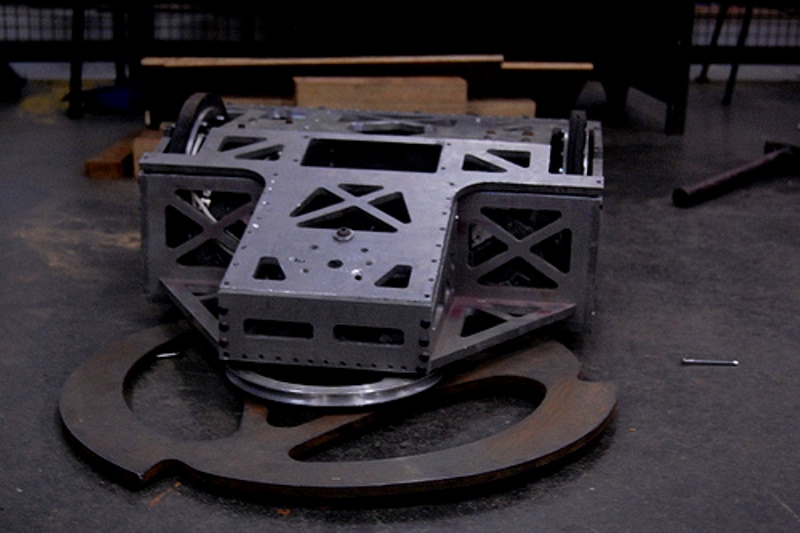When we were kids playing with toys, sometimes we would let those toys battle it out in the fight to the death. It didn’t matter whether it was an action figure versus an RC car or a teddy bear, we would plan out the exact fighting moves and play the fantasy. Something similar happened with fighting games. We would choose our fighters and every one of them had their strengths and weaknesses, as well as a few special moves. Otherwise, it is not too different from a regular fight.
Now, what would happen if you could build your own fighter? If you could equip it with the devastatingly destructive power while fortifying its weak spots? Combine this with engineering, and you get BattleBots.
Robot Combat
The sport, or rather, the competition, of robot combat involves two teams with a single home-made robot, built according to the competition’s regulations.
Common weapons include hammers, saws, and flamethrowers, among many others, and there is even a chance for your bot to be destroyed by the arena itself. Usually, you can win if your bot destroys the opponent, ruins their receiver, so they can no longer be controlled, pushes them out of bounds, or display clear advantage and superior engineering in the arena by showing that the other bot simply can’t harm it.

The competition became popular on TV during the late 80s and by the mid-90s it developed a subculture. Teams of people ready to compete included handymen, engineers, and even families. One of the most popular competitions in this format is BattleBots.
BattleBots
BattleBots appeared first in 2000 as a descendant of Robot Wars. Since then, the show was broadcast on Comedy Central for 5 seasons. After a 17-year hiatus, ABC picked up the show in 2015 with the seventh season in 2016.

The next network to pick it up was Discovery in 2018 and the show is still there.
Some famous competitors of the series featured members of the Discovery’s Mythbusters, like Jamie Hyneman, Adam Savage, and Grant Imahara, Jay Leno, the talk-show host, and Will Wright, the creator of the Sims and Spore.
Many of the big matches can be found on platforms like YouTube, though their algorithm sometimes incorrectly interprets the videos as animal cruelty and deletes them.
Rules
Like all robot combat competitions, there are several rules the prospective robots must abide by before they can enter the arena. There are four weight categories:
· Lightweight – 60 pounds
· Middleweight – 120 pounds
· Heavyweight – 220 pounds
· Superheavyweight – 340 pounds.
The matches are three minutes long. If a robot doesn’t move for 10 seconds, it is pronounced knocked out. If, somehow, both robots become incapacitated or immobilized at the same time, the match is paused. If both bots survive the three minutes, the winner is the bot with the most points.
The arena has its own deathtraps that can help or hinder a bot. They involve spike traps, sledgehammers, spinners (or, rather, grinders), and killer saws, just to name a few.

The Appeal
Some may be confused as to what makes such a TV show appealing. There are several factors. For example, there is the conflict and the violence without anyone actually getting hurt. Secondly, it is a test of ingenuity, building a better mousetrap, and showing the ability to think ahead.
It is a great hobby where you see your creation taking on other people and proving to them that you are the best at what you do. It is also great for bonding.

